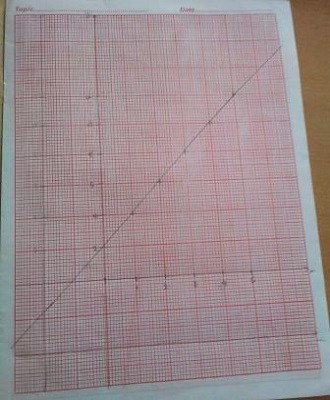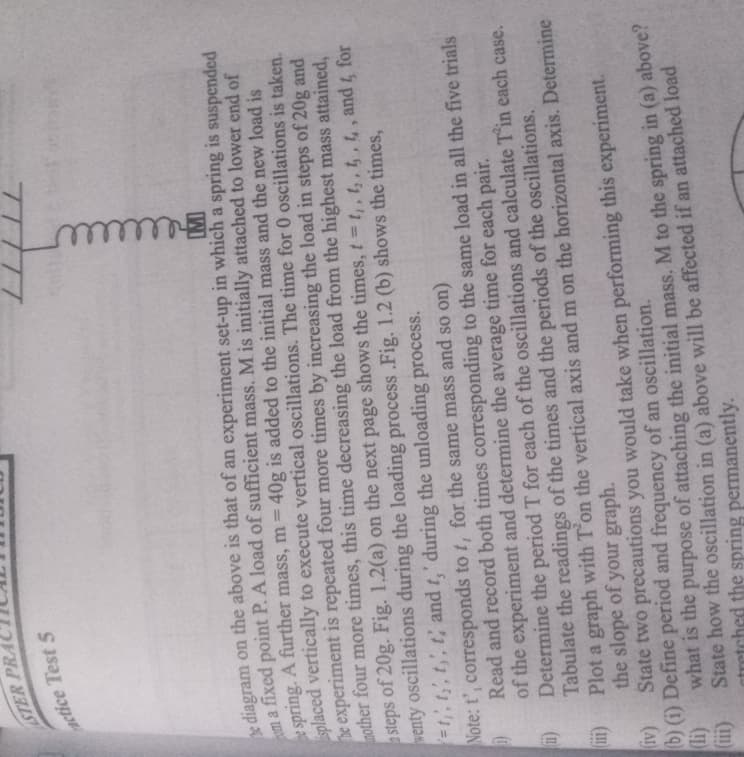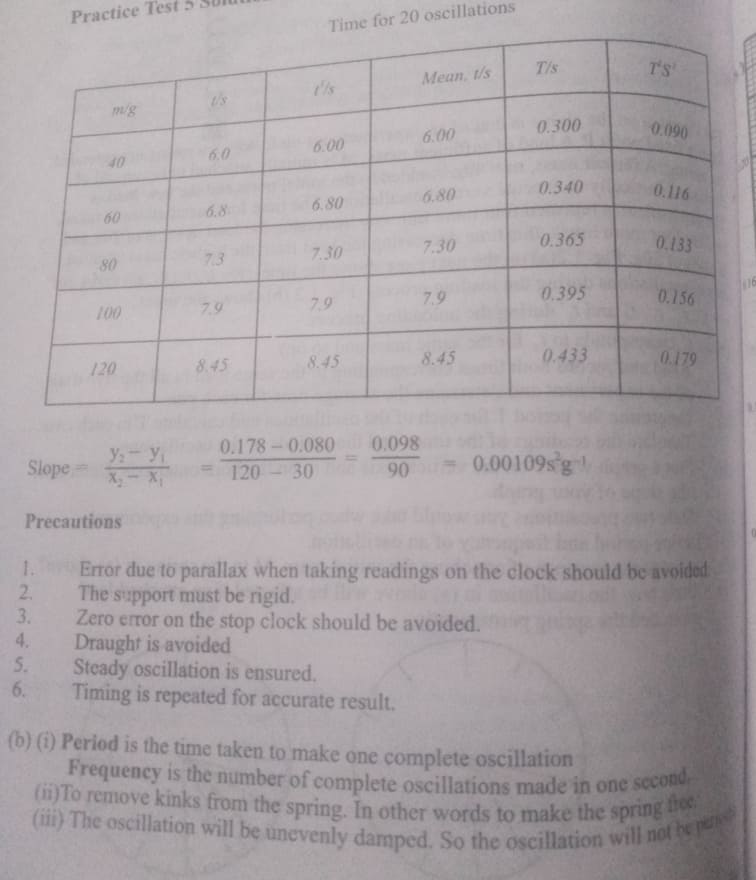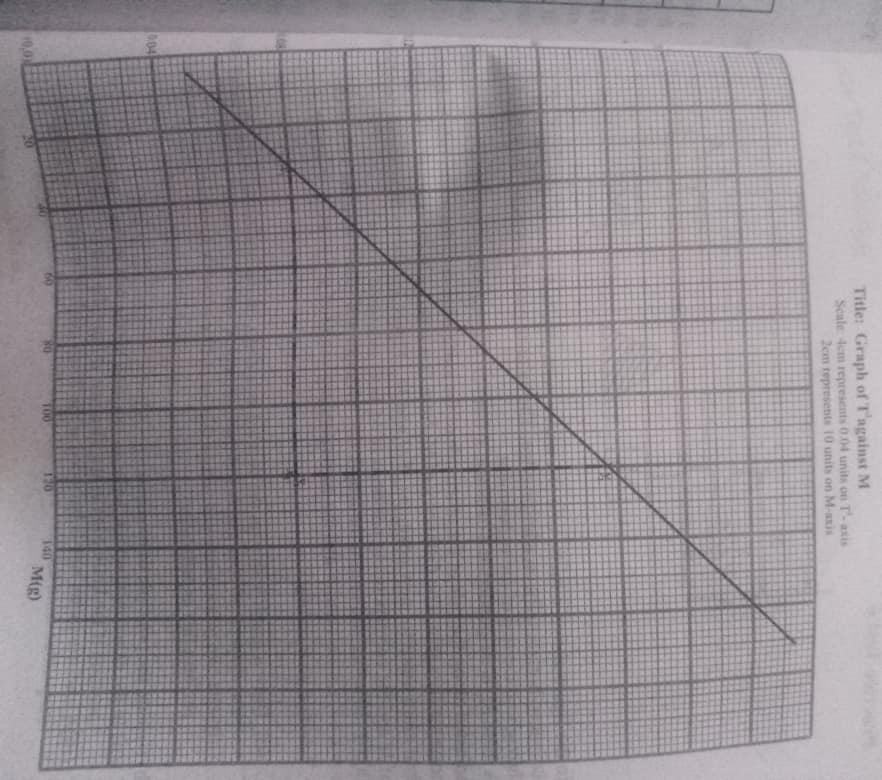WAEC Physics Practical Questions And Answers 2025 Guide

WAEC physics practical is a major deciding factor on whether you will have at least C6 in the exam. The reason is that it takes 40% of the total mark obtainable in WASSCE physics examination or NECO or GCE. Approaching it with seriousness and adequate preparation will help you ace it.
So many students are eagerly asking about WAEC physics practical questions and answers. The truth is that nobody can give you the real questions. However, a sincere person can only guide you on what you need to know and how to answer the questions.
Kindly note that WAEC will send the 2025 Physics specimen to your teachers; and it is their responsibility to take you through likely questions that will come out in WAEC physics practical. Many teachers do ensure look through past questions of many years to have an idea how it will look like.
Furthermore, physics teachers of various secondary schools already have the WAEC practical specimen or set up with them i.e. the list of apparatus that will be needed would have been sent to your school. It is from this that teachers will be able to infer the likely practical questions that might come out in the exam.
According to WAEC Timetable, Physics practical has two alternatives (Alternative A and B) and the questions are divided into three categories which are mechanics, light, and electricity. Alternative A will come up on Tuesday 28th May 2025 why alternative B will come up on Monday 3rd June 2025.
That said, you also need to know how make a good table of values and how to plot graph in physics for you have a good mark in the practical. The link to how to plot graph shows the WAEC standardized way of plotting graph during practical.
It is not about the questions and answers but there are key things to note that I will provide you with in this article. Paper 3 is a practical test for school candidates or an alternative to practical work paper for private candidates (GCE). Each version of the paper will comprise three questions out of which candidates will be required to answer any two in 2¾ hours for 50 marks.
Key things to know
- You must have a composite table showing all the parameters in the question with clear headings (make sure you state the unit in the table and graph)
- Your values must be at least 2 decimal places (d.p). Beware of inconsistent d.p.
- Systematic error, gross error, and disregard of instruction are always penalized
- The axes of your graph must be correctly distinguished
- Use reasonable scale
- You must plot all your points correctly
Read: How to do and pass physics practical
Likely precautions
Mechanics
- Avoided parallax error in reading stopwatch/clock/metre rule
- Noted/corrected/avoided zero error on stopwatch/clock/metre rule
- Avoided draught
- Avoided conical oscillation
- Ensured that support was rigid
- Ensured bob of pendulum was free from table
Light
- Avoided parallax error in reading metre rule/protractor
- Optical pins inserted vertically
- Reasonable spacing of pins
- Well sharpened pencil used
- Repeated readings shown on table
- Surface of prism cleaned
- Surface of lens cleaned
- Lens kept upright
Electricity
- Key opened in between readings
- Tight connections used
- Avoided parallax error when taking readings on voltmeter or ammeter
- Clean terminal ensured
- Avoided zero error on voltmeter or ammeter
- Repeated readings shown on table
Sample Questions And Answers



Note: At the end of each question, some questions are asked which will test your theoretical knowledge of physics. In this case, you have to read you textbook well to be able to answer them.
For example
(1) Define dispersion of light? It is the separation of white light into its constituent colours
(2) State the law of conservation of energy? Energy is neither created nor destroyed but can be changed from one form to another
(3) Why is it important to earth electrical appliances? To prevent electric shock
(4) Name two pairs of features in the human eyes and a lens camera that performs similar functions? Retina – film/screen, eye lens – camera lens, iris – diaphragm, pupil – aperture
(5) Define the coefficient of static friction
(6) Define E.M.F of a battery
(7) Define Centripetal force
(8) Define Potential difference between two points in an electric circuit? – it is the work done in joules in moving a charge of one coulomb from one point to the other
(9) Explain why the emf of a cell is greater than p.d. across the cell when it is supplying current through an external resistance – emf is work done across external resistance R and internal resistance of the cell (r) while pd is the work done across external resistance (R) only, hence, emf of a cell is greater than the pd across the cell.

very helpful